Comparaison des performances de résistance aux interférences : 4-20mA VS. 2-10V
In the application of electric actuators’ anti-interference performance, the 4-20mA analog signal significantly outperforms the 2-10V analog signal. Why is this the case? 2-10V Signal Analysis Anti-interference Diagram for 2-10V Signal (DCL Huayi Intelligent Control) As shown in the diagram above: When using 2-10V, due to the higher input resistance on the module (R=34K), the […]
Bus couramment utilisés pour les actionneurs électriques
An increasing number of industrial control systems are deploying field buses to control more sensors and actuators. As a key actuator in fluid control processes, electric actuators are commonly used in industrial applications. The most frequently used bus systems for electric actuators include Modbus, CAN, Profibus, DeviceNet, Foundation Fieldbus, HART, and Ethernet. Common Bus Systems […]
Quand choisir un actionneur de contrôle de processus ?
Application Background of Process Control Actuators In many process control systems, it is necessary to achieve highly accurate and consistent control of the flow rate of liquids or gases through an automated control system (PLC/DCS). Due to the high precision required, such systems often need to make continuous and precise small adjustments to control valves […]
Essais d'interférence électromagnétique pour les actionneurs électriques (EFT)
The Increasingly Harsh Electromagnetic Environment in Industrial Sites As industrial electrification and intelligence continue to advance, an increasing number of high-power electrical devices (such as kilowatt-level motors, frequency converters, and inverters) are being integrated into industrial process control systems. Consequently, the electromagnetic environment in industrial sites is becoming more complex. In such a challenging electromagnetic […]
Types courants de vannes et leurs caractéristiques
Butterfly Valve Working Principle: A butterfly valve uses a disc to control the flow of fluids or gases. The disc is mounted on a shaft, and when the handle is turned, the disc rotates 90 degrees to allow or block the flow. Features: Simple structure, compact size, low flow resistance, commonly used in large flow […]
Fonctionnement des actionneurs avec fonctions de bus - Modbus, CAN, Ethernet, Profibus
When you install a DCL electric control valve with bus functionality on a pipeline, you can control a set of electric control valves through the bus (Modbus, CAN, Ethernet, Profibus) to achieve synchronized control of the valve cluster. The control system communicates with the actuator via a bus communication protocol, sending commands to control the […]
Fonctionnement de l'actionneur de type ON-OFF DC24V (vanne électrique)
When you install a DCL 24V ON-OFF type electric control valve on a pipeline, you can control it using a relay, ON-OFF control, or PLC (DCS), enabling the opening or shutting off of fluid flow. This guide explains how the DCL 24V ON-OFF type electric actuators function using relays, PLCs, or ON-OFF control for valve […]
Fonctionnement de l'actionneur de type ON-OFF AC220V (vanne électrique)
When you install a DCL AC220V ON-OFF type electric control valve on a pipeline, you can control it using a relay, ON-OFF control, or PLC (DCS), enabling the opening or shutting off of fluid flow. This guide explains how the DCL AC220V ON-OFF type electric actuators function using relays, PLCs, or ON-OFF control for valve […]
Types d'actionneurs et comment choisir le bon
Les actionneurs peuvent être classés en fonction de leur méthode d'entraînement dans les catégories suivantes : 1. Actionneurs électriques Les actionneurs électriques utilisent un moteur électrique comme source d'énergie, convertissant l'énergie électrique en mouvement mécanique pour actionner la vanne. Avantages : ✔ Vitesse réglable✔ Grande précision de positionnement✔ Grand couple de sortie Inconvénients : ✖ Les effets thermiques du moteur peuvent déclencher [...]
Comment l'humidité réduit-elle la durée de vie des actionneurs (vannes électriques) ?
L'humidité est bien connue pour endommager les composants électroniques. L'une des principales façons dont l'humidité réduit la durée de vie des actionneurs électriques est par le biais de courts-circuits de migration ionique. 1. Qu'est-ce qu'un court-circuit par migration ionique ? La migration ionique se produit lorsque l'humidité et les contaminants présents sur un circuit imprimé facilitent le mouvement des ions entre les conducteurs, ce qui entraîne [...]

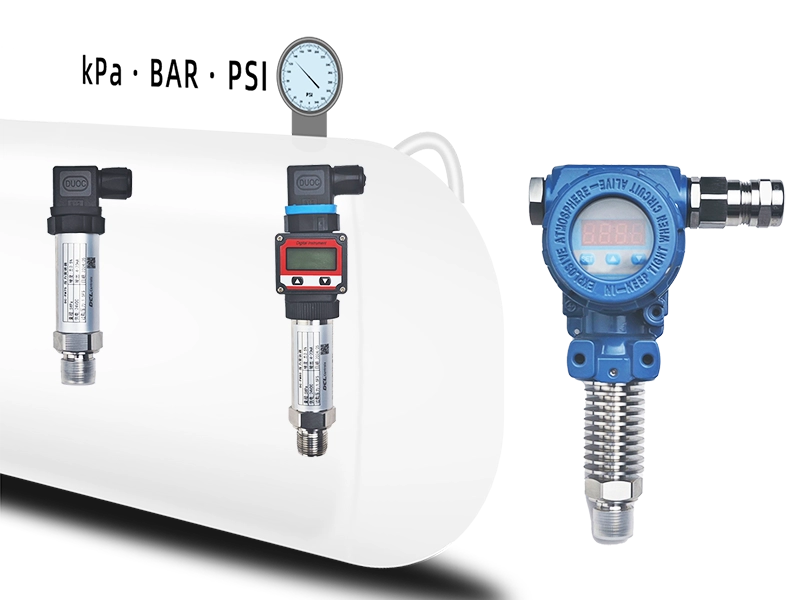
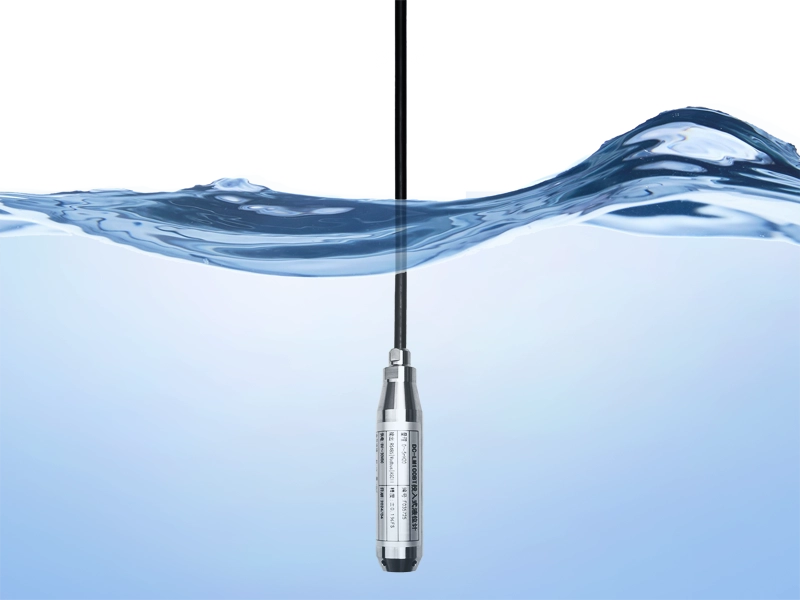





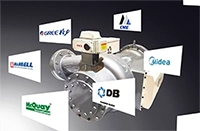


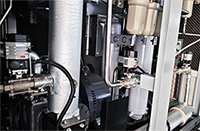



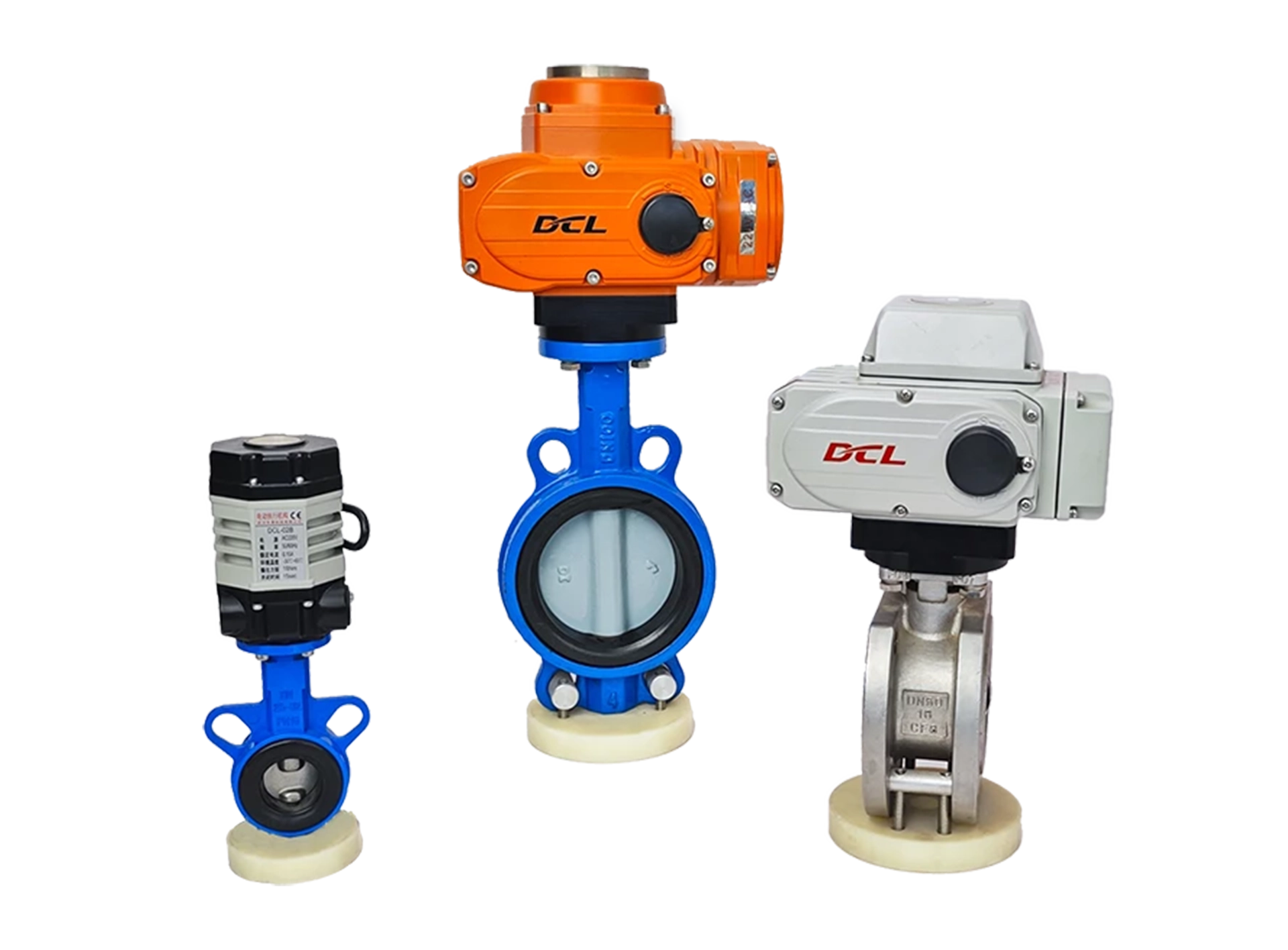












 鄂公网安备 42018502006527号
鄂公网安备 42018502006527号